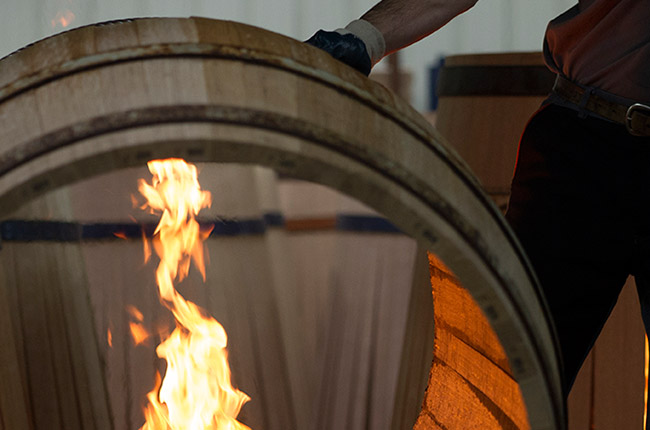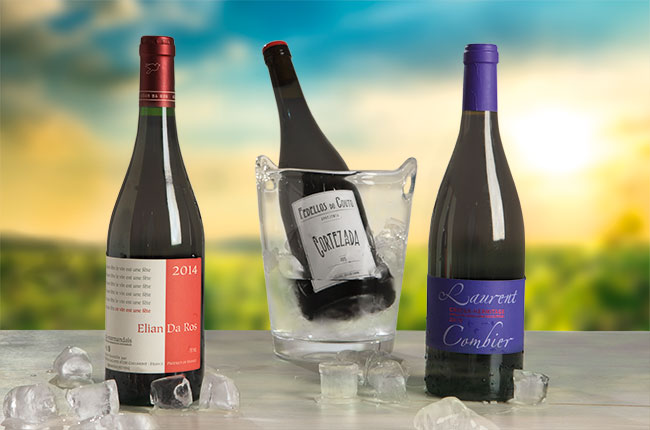Whatever your position on the current vilification of gluten, its presence in food and drink is a serious issue for millions of coeliac disease sufferers. We ask experts whether there is any link between gluten and wine.
Gluten is a protein found in some grains and cereal, notably wheat. Put simply, wine is generally classed as gluten free, because it is produced from grapes.
Most wines contain fewer than 20 parts per million gluten, which is a legal requirement in the UK and the US for food to be labelled as gluten free.
Above this level, producers would have to alert wine lovers on bottle labels. Gluten is a potential allergen, like sulphites.
Ageing and fining are two instances where gluten could come into contact with wine, but generally not at levels considered harmful to the majority of coeliac sufferers.
SEE ALSO: Sulphites in wine – Friend or foe?
How can gluten get into wine during ageing?

‘Wine could be contaminated if the winemaking team uses flour-based paste to seal barrels,’ said Michael Apstein, MD, assistant professor of medicine at Harvard Medical School and a freelance wine writer.
This has now become very uncommon, because most producers use paraffin wax to seal the barrels, he said.
Fining and gluten
Gluten can get into your wine during fining, the process which flushes out un-wanted particles and helps to ensure wine is clear.
‘The most common fining agents in wine are gelatin and isinglass, but this can obviously cause issues with guests who are looking for a vegetarian or vegan wine,’ said David Lapsley, sommelier at The Taynuilt: Etive Restaurant with Rooms, in Scotland.
‘Gluten, which is a very efficient fining agent, does have its limitations. It does allow for vegan friendly wine, but in turn raises concerns with coeliac sufferers. You can use a centrifuge to remove the gluten after the fining process, but this would add expense and the concentration of gluten in wine after fining is below harmful levels.’
Tony Milanowski, a lecturer of winemaking and oeneology at Plumpton College in southern England, said, ‘With fining you add a variety of different agents to wine. Classically, it’s gelatine, for example.
‘A while back, people were looking at alternatives to animal products. Looking at vegetarian opportunities, they had a look at a whole raft of different additives. One of them was a wheat-based fining agent. They found that certain types of gluten could be used in fining and they could do a reasonable job.
‘However, they haven’t really taken off, because of the risks associated with intolerances. Most of the work in terms of animal-based alternatives is going on pea and potato products.’
What about wine based drinks?
Unlike wine, you can’t be so sure with wine coolers and other wine-based beverages, because they may contain a variety of different ingredients.
However, allergen labelling rules would still apply.
What if I am extremely sensitive?
‘Some patients with coeliac disease are extremely sensitive, even to concentrations of less than 20 ppm,’ said Apstein.
This includes patients who have refractory coeliac disease.
‘Wine would be low down on my list of sources of gluten, but nothing is off the list for that small subset of coeliac patients.’
Got a question for Decanter’s experts? Email us: editor@decanter.com or on social media with #askDecanter
More Ask Decanter articles:

Does rosé wine age well? – ask Decanter
Or should it only be drunk young?

How long does bag-in-box wine last? – ask Decanter
How long can you keep them...?

Which red wines are best for chilling? – ask Decanter
These are the styles to go for...







